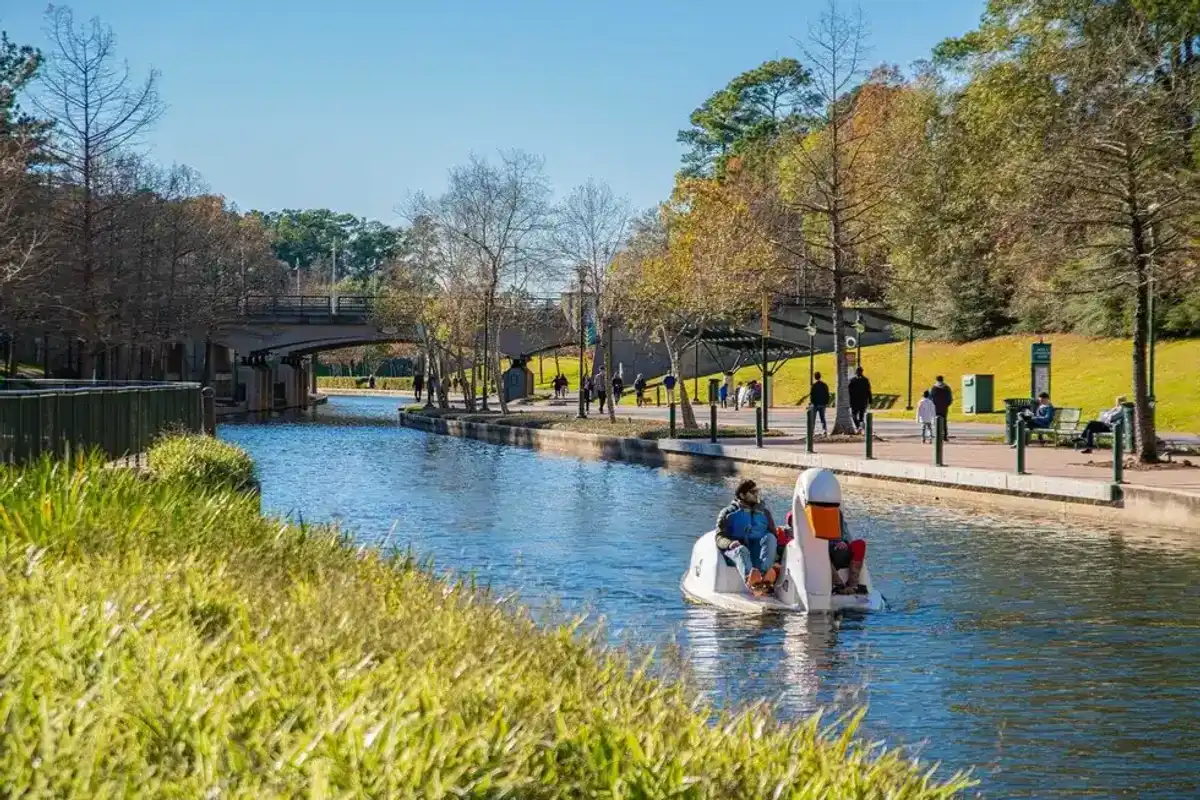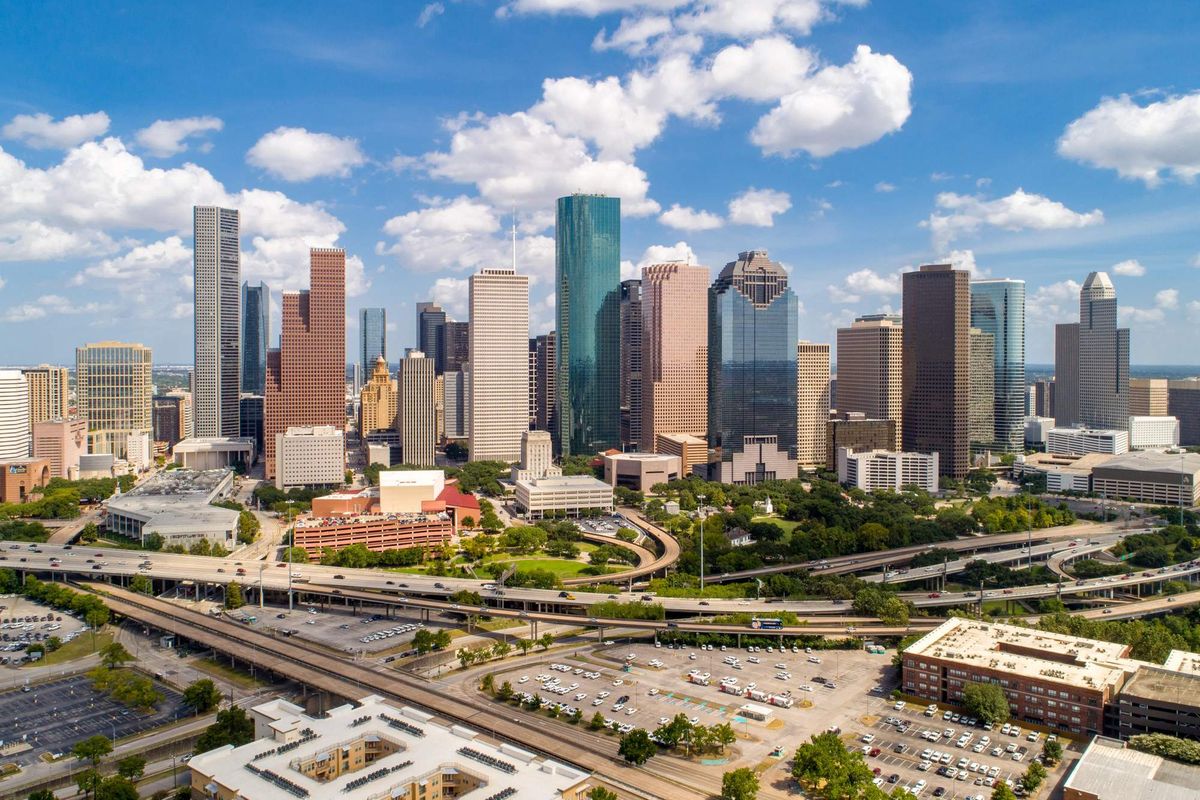Inflation: Why Houston employers should prioritize employee financial well-being
guest column
Inflation impacts everyone, including individuals, the workforce and business leaders. As the cost of living continues to rise, employees face diminishing purchasing power, shrinking retirement savings and higher stress levels.
In PwC’s 2023 Employee Financial Wellness Survey, 57 percent of respondents named finances as the top cause of stress in their lives. With these factors in play, employers should consider the support they provide for employees’ financial health, which directly impacts them emotionally and physically. When any one of these elements are out of alignment, employee productivity and engagement suffer, in turn impacting business success.
The Inflation Conundrum
Inflation is the silent financial predator that affects every aspect of life. Coupled with the financial responsibilities of the workforce, like child or elder care and college tuition, inflation erodes the value of money over time. As prices surge and the purchasing power of the dollar declines, the effects can ripple through a person’s life, including the workplace. Here are several ways inflation can impact employees:
- Diminished Salary Satisfaction: Inflation does not discriminate. When prices rise, compensation does not follow suit at a one-to-one ratio. This can lead employees to feel their salaries are no longer sufficient to maintain their desired standard of living. Employees who do not have enough for their daily needs are not saving for their future goals, which exacerbates salary dissatisfaction.
- Eroding Retirement Savings: A 401(k) is a critical component for many employees’ long-term financial strategy. However, inflation can interfere as the cost of living finds employees allocating less to their retirement accounts. Fewer contributions can have a significant long-term impact on the workforce’s financial goals.
- Increased Stress and Anxiety: Financial insecurity and the higher cost of living can impact mental health. The stress and anxiety common with financial challenges often makes its way into the workplace, resulting in decreased productivity and engagement, interpersonal tension and employees seeking additional or alternative employment opportunities.
The PwC survey underlines how financial stress impacts employees beyond their pocketbooks with 50% or more reporting a negative impact on sleep, mental health and self-esteem. While physical health and relationships at home are not far behind at 44 percent and 40 percent, respectively.
The Holistic Approach to Employee Well-being
In times of economic uncertainty, it becomes vital for employers to prioritize their employees' well-being. A holistic approach, proactively addressing emotional, physical and financial health, can mitigate the negative impacts of inflation and foster a more engaged workforce. A few strategies to consider include:
- Employee Assistance Programs (EAPs): Employee Assistance Programs are a valuable resource for employees facing personal or financial challenges. These programs provide access to counseling services, financial advice and other forms of support. Offering EAPs demonstrates an employer’s commitment to the overall well-being of their workforce.
- Greater 401(k) Contributions: Employers can consider increasing the company’s 401(k) contributions in recognition of the strain inflation places on employees' retirement savings. A higher match encourages employees to save more and helps offset the erosion of their retirement savings due to inflation. It is important to note, this is not a short-term solution. Once implemented, it is difficult to walk back these changes without negatively impacting employee morale.
- Open Communication: Open and transparent communication with employees is always key but is especially paramount to understanding their concerns and needs during periods of inflation. Regular surveys or meetings to gauge employees' financial stress levels and field suggestions for improvement can provide valuable insights.
- Financial Incentives: Though it is not an immediate fix to immediate financial needs, incentivizing employees to save and invest can be a win-win strategy. Employers can offer financial literacy programs, workshops, or provide bonuses or incentives tied to employees' financial goals. These resources, trainings and initiatives can empower employees to make better informed financial decisions.
The Consequences
Business leaders should realize inflation impacts more than balance sheets, sending shockwaves deep into the health, morale and productivity of their workforce. And when employees are suffering with their mental, physical or financial health, they are more prone to look for employment where these needs are met.
Employers are at a crossroads where they can create a workplace culture that not only supports employees during times of inflation but also fosters resilience and loyalty. EAPs, increased 401(k) contributions, open communication, and financial incentives are just a few of the strategies that employers can implement to ease the burden of inflation on their workforce.
When employers recognize the interconnectedness of employee wellbeing and business success, they lay the foundation for a sustainable future for their organization. Employees can weather the storm and eventually thrive when armed with the proper support and tools.
------
Kelly Yeates is vice president of service operations with Insperity, a leading provider of human resources and business performance solutions.
- Houston expert: How you can support Hispanic entrepreneurs in Texas ›
- How Houston startups and small businesses can effectively plan for 2023 ›
- Houston expert shares tips on implementing team building to promote productivity ›
- What HR can provide in times of company crisis, according to this Houston expert ›
- Houston expert shares 3 tips for making employees top performers ›





